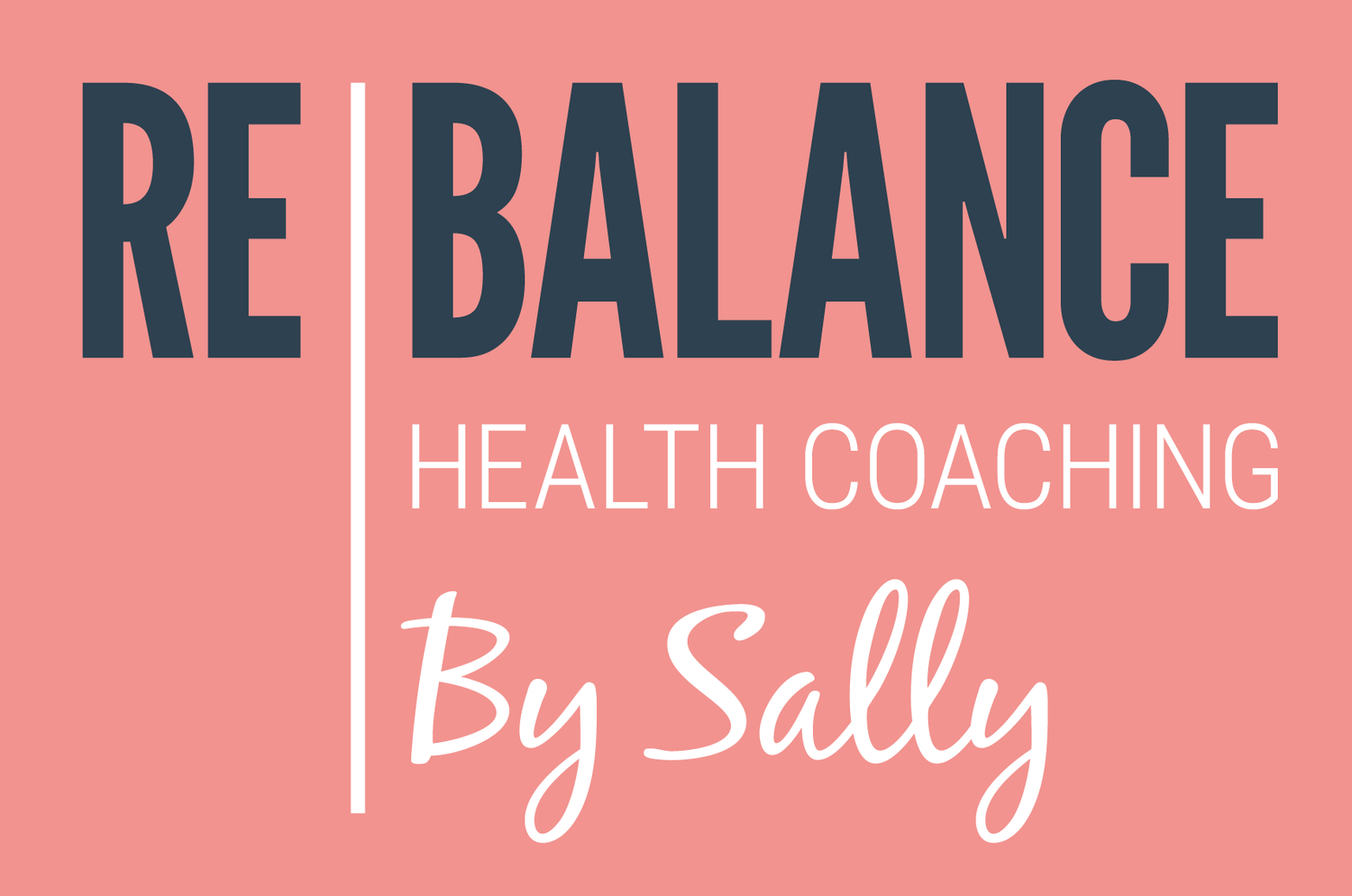How a high fibre diet can help your menopause symptoms
Why fibre is so important during perimenopause/menopause
Fibre is essential for hormone balance. It binds to old/used oestrogen in the gut, ensuring it is excreted from the body when you go to the loo and not reabsorbed into the blood stream. If old/used oestrogen starts to recirculate in the blood stream it can be disruptive to hormone balance and accentuates menopause symptoms.
Fibre also supports detoxification of the liver which plays an important role in getting rid of excess oestrogen. If the liver is sluggish, oestrogen won’t be broken down properly and will recirculate.
Too much oestrogen in the body can cause the following symptoms:
- PMS
- Heavy periods
- Breast tenderness
- Headaches
- Mood swings
- Memory problems
- Bloating
- Weight gain
During perimenopause and menopause you may experience changes in your digestive system. Many women experience constipation, bloating or more gas than before. Fibre plays an important role in improving bowel health through increasing bowel movement frequency and volume and feeding good bacteria. Regular bowel movement is also important to excrete used oestrogen. If you’re constipated, toxic waste will build up and oestrogen will be recycled again causing symptoms.
Some women in perimenopause see their cholesterol rise. Fibre helps to bind and remove cholesterol. The soluble form of fibre has also been shown to lower blood pressure.
How fibre helps with weight loss
Weight gain, increased appetite and cravings are all common symptoms of perimenopause and menopause. Fibre aids satiety making you feel fuller for longer hence helping with weight management.
Fibre slows down the release of glucose into the blood to balance blood sugar levels. This helps you feel more energised, less hungry and reduces cravings which can help you to lose weight. If each meal you eat is well balanced with fibre and protein you won’t feel hungry between meals and be tempted to reach for the wrong foods or additional snacking.
How much fibre should you eat?
30g of fibre per day is recommended but most adults currently don’t eat anywhere near as much as this. To give you an idea of how much you need:
· 1 slice of wholemeal bread = 2g
· 1 medium apple with skin on = 4.5g
· 1 medium orange = 3g
· 1 medium raw carrot = 1.5g
· 1 baked potato with skin = 4g
10 ways to increase our daily fibre intake
1. Fruit & vegetables (skins on where appropriate)
2. Beans
3. Lentils
4. Nuts and seeds
5. Brown rice
6. Wholemeal bread and pasta
7. Oats
8. Sweet potatoes
9. Chia seeds
10. Chickpeas
When increasing your fibre intake try to do it gradually to avoid bloating and gas. Drink plenty of water to help fibre move smoothly through the digestive system.
If you need support with any of the above, I’m here to help. Book your free initial consultation and learn more about the health coaching programs to improve your menopause.

